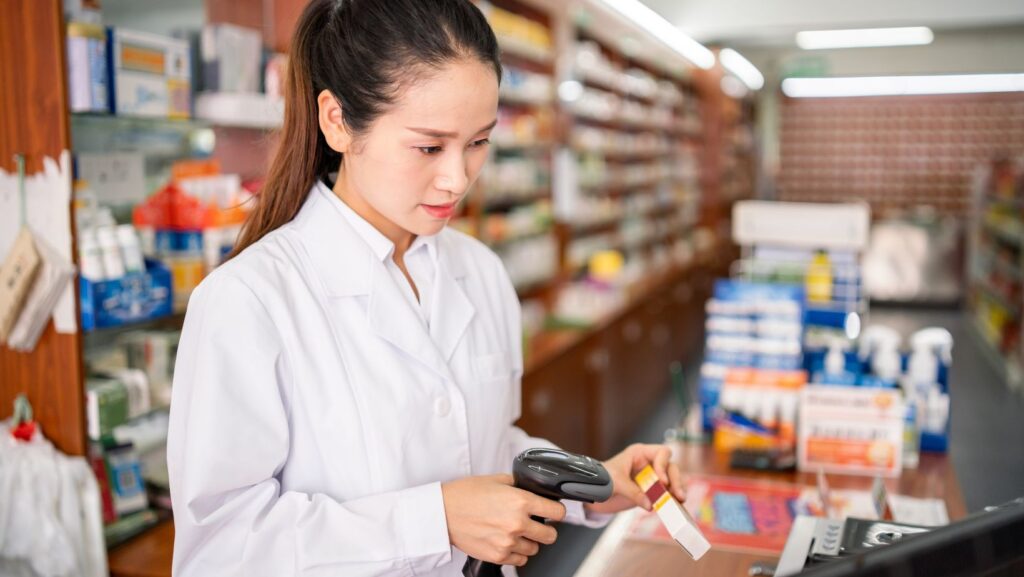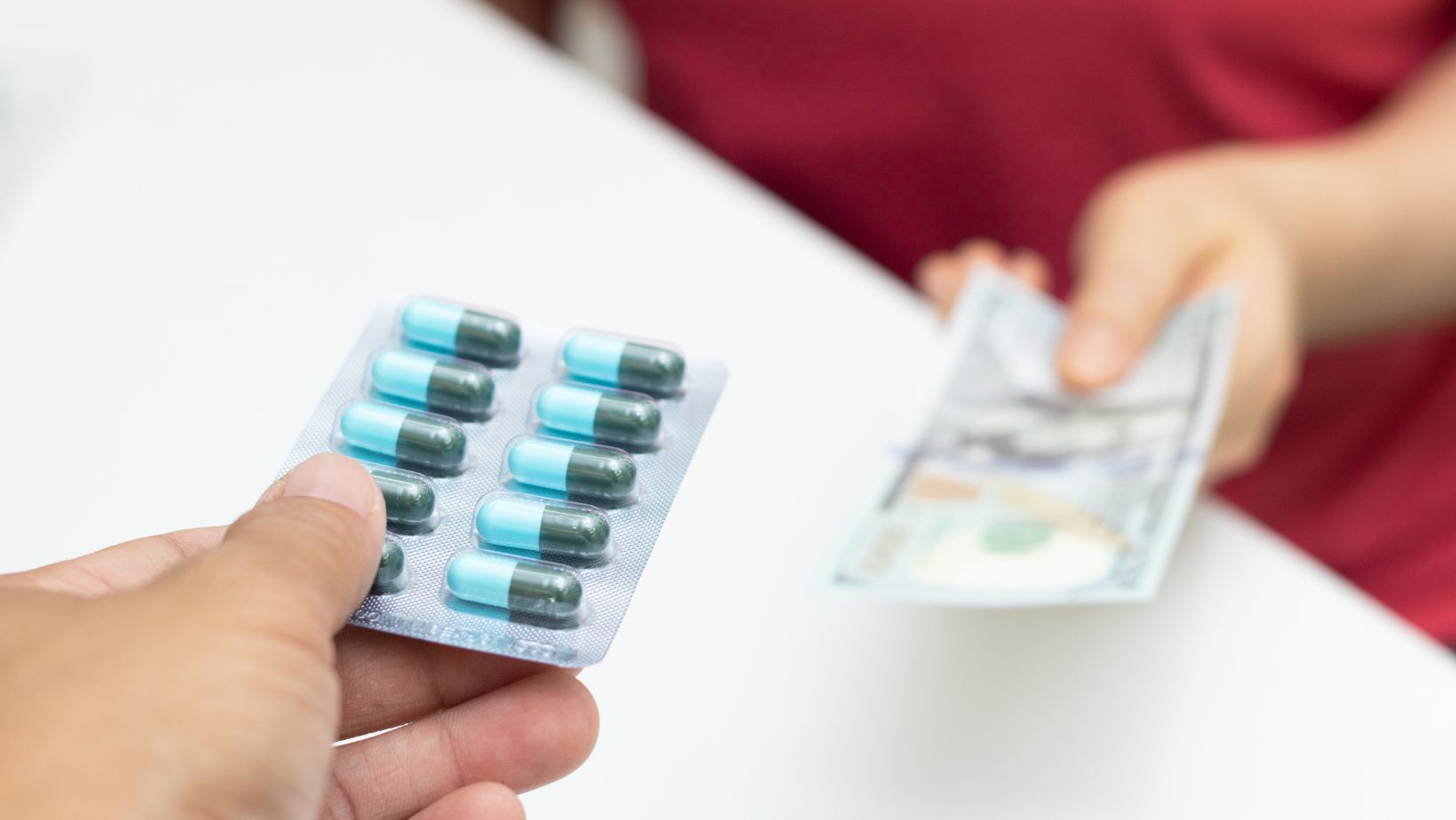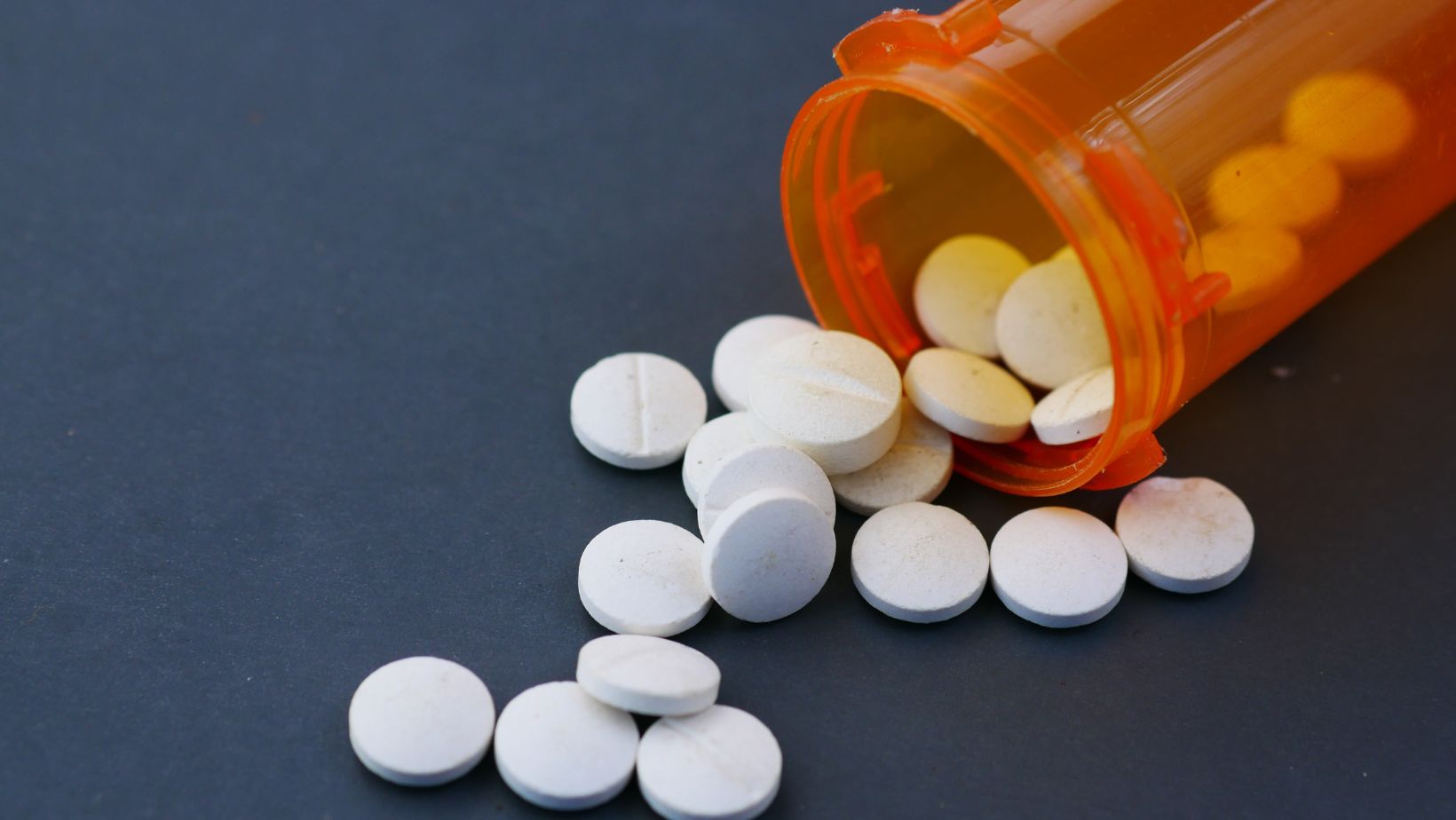
Digital Drug Dealers: The Growing Issue of Online Drug Sales and Teens
Introduction
The rise of digital technology has transformed nearly every aspect of modern life, including the way drugs are bought and sold. While drug dealing was once confined to dark alleys and hidden transactions, today, it has moved into the digital world. Social media platforms, encrypted messaging apps, and the dark web have made it easier than ever for teens to access illicit substances.
Online drug sales pose a significant risk to teenagers, who are particularly vulnerable to the influence of social media and peer pressure. With easy access, anonymous transactions, and lack of parental oversight, the dangers of digital drug dealing are growing rapidly. This article explores how online drug markets operate, the risks they pose to teens, and the steps parents, educators, and law enforcement can take to combat this crisis.
The Rise of Online Drug Sales
1. How Drugs Are Sold Online
Illicit drugs are now being sold through:
– Social media platforms (Snapchat, Instagram, TikTok, and WhatsApp)
– Encrypted messaging apps (Telegram, Signal, and Wickr)
– Dark web marketplaces (accessible through browsers like Tor)
– E-commerce-style websites that mimic legitimate businesses
Dealers use coded language, emojis, and hashtags to evade detection, often advertising drugs like Xanax, fentanyl, and MDMA. Many transactions occur through encrypted messaging, with payments made in cryptocurrencies, gift cards, or digital wallets to avoid tracing.
2. Why Teens Are at Risk
Teens are particularly vulnerable to online drug sales due to:
– Curiosity and peer influence: Social media makes drug use appear normalized or even trendy.
– Ease of access: Unlike street transactions, online deals can be made in minutes.
– Anonymity: Teens can buy drugs without facing judgment or immediate consequences.
– Misinformation: Many teens believe online-purchased drugs are safer than street drugs, which is far from the truth.
The Dangers of Digital Drug Dealing
1. The Rise of Fentanyl-Laced Drugs
One of the biggest dangers of online drug sales is the increasing presence of fentanyl, a synthetic opioid 50-100 times stronger than heroin. Many teens unknowingly purchase counterfeit pills laced with fentanyl, leading to fatal overdoses. The Centers for Disease Control and Prevention (CDC) reported that overdose deaths among teens increased by 94% between 2019 and 2021, largely due to fentanyl-laced drugs (CDC, 2022).
2. Increased Drug Addiction Rates
The accessibility of drugs online makes it easier for teens to experiment and develop dependencies at an early age. According to the National Institute on Drug Abuse (NIDA), early exposure to drugs increases the likelihood of long-term addiction by four to five times (NIDA, 2021).

3. Lack of Regulation and Safety
Unlike legal prescription drugs, online-bought substances often contain unknown and dangerous ingredients. There is no oversight or regulation, making every purchase a potential life-threatening gamble.
4. Exposure to Criminal Activity
Engaging with online drug dealers can expose teens to:
– Identity theft and financial scams
– Blackmail and exploitation
– Legal consequences if caught purchasing illicit substances
How Digital Drug Dealers Target Teens
1. Social Media Marketing Tactics
Dealers disguise their products as harmless, using:
– Emojis and slang to avoid detection (e.g., 🍪 for edibles, 💊 for pills, 🚀 for stimulants)
– Influencer-style marketing with flashy photos and testimonials
– Limited-time offers and discounts to create urgency
2. Direct Messaging and Targeting
Algorithms on social media suggest connections based on past interactions, making it easy for drug dealers to target vulnerable teens. Many dealers directly message users, offering substances as a way to cope with stress, anxiety, or academic pressure.
3. Fake Prescription Drug Sales
Teens seeking medications for anxiety or ADHD often turn to social media instead of doctors. Fake prescription drugs—marketed as Xanax or Adderall—are frequently sold online but contain dangerous substances, including fentanyl.
Combating Online Drug Sales
1. Parental Involvement and Digital Monitoring
Parents play a crucial role in preventing teen drug use. Steps they can take include:
– Monitoring social media usage and conversations
– Using parental control apps to track online behavior
– Encouraging open discussions about the risks of online drug sales
– Educating teens on digital safety and the dangers of counterfeit drugs
2. Strengthening School-Based Education
Schools should integrate digital drug awareness programs into their curricula. Effective prevention strategies include:
– Guest speakers, including law enforcement and recovered addicts
– Workshops on social media safety
– Mental health resources to offer alternatives to self-medication
3. Enhancing Law Enforcement Measures
Governments and law enforcement agencies are ramping up efforts to combat digital drug dealing by:
– Cracking down on illegal online marketplaces
– Collaborating with social media companies to identify and remove drug-related content
– Increasing penalties for online drug trafficking
4. Social Media Accountability
Tech companies must take responsibility by:
– Improving AI detection algorithms to remove drug-related content
– Enhancing reporting systems for users to flag illegal activities
– Partnering with public health organizations to spread awareness
Conclusion
The rise of digital drug dealers has made it easier than ever for teens to access illicit substances, increasing the risk of addiction, overdoses, and legal trouble. While social media platforms and encrypted apps provide anonymity, they also expose teens to dangerous substances and criminal networks.

Addressing this growing issue requires a collaborative effort from parents, educators, law enforcement, and tech companies. By increasing awareness, strengthening digital monitoring, and enforcing stricter policies, we can protect teens from the dangers of online drug sales and create a safer digital environment.
References:
– Centers for Disease Control and Prevention (CDC). (2022). Overdose deaths involving fentanyl among adolescents.
– National Institute on Drug Abuse (NIDA). (2021). How digital drug access increases addiction risks.
– Social Media and Drug Use Trends Report. (2022). The role of online platforms in teen substance abuse.




